On your feet all day? 10 common foot problems nurses face and how to manage them
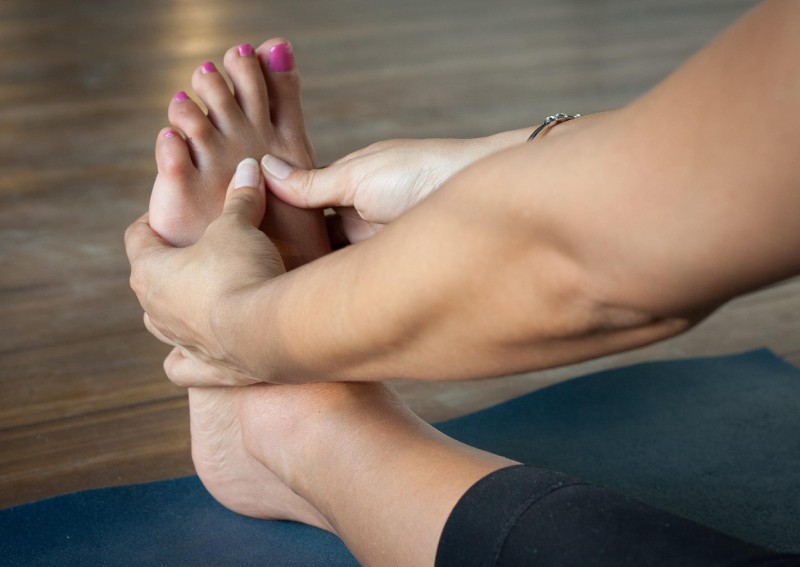

On a regular day, most nurses are on their feet for several hours as they rush between wards and care for their different patients. Standing for long hours can cause a lot of stress to be placed on your feet and lead to several foot problems.
If left untreated, these foot problems can cause not just pain and discomfort, but might lead to further consequences that hinder you from providing the best care to your patients. Nurses, you need to care for yourself too!
In this article we will be discussing 10 common foot problems that nurses face and some methods you can use to relieve your foot pain with lasting effects.
According to studies, nurses can walk more than 9,000 steps and 6km during a work shift. This makes nurses more prone to getting foot problems than people who work in other occupations.
If you are a nurse, it is extra important that you recognise some of these common foot problems such that you can work to relieve and prevent them.
Bunions are bony bumps that form at the outer edges of your feet on the same side as your big toe. They tend to develop in adulthood from wearing shoes with a narrow toe-box, and it can run in families.
Bunions not only cause pain in the big toe but also in the other toes which are affected when joints in the foot move out of place and cause the big toe to be pulled in towards the other toes. Bunions can become more painful over time and affect one's ability to wear shoes or even to walk.
As bunions can cause other structures in the foot to become misaligned, they can lead to conditions like bursitis, where the fluid-filled sac known as the bursa near the big toe becomes inflamed, or even arthritis.
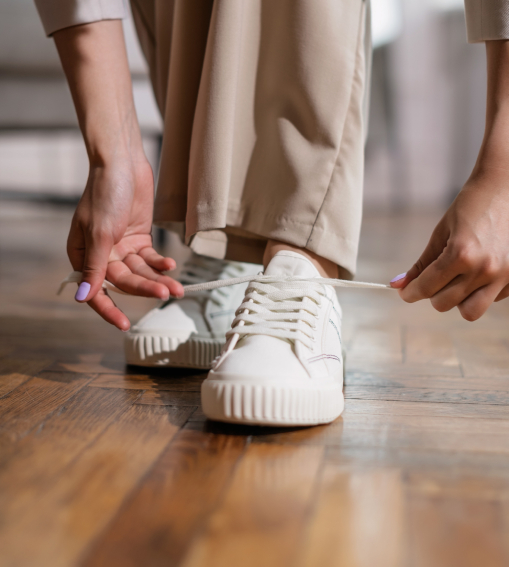
Blisters are a common foot problem that occur when friction between the surface of one's footwear and their feet cause a build up of fluid under the top layer of the skin.
This can make walking or wearing shoes painful when the affected areas come into contact with the ground or the surface of your footwear.
Corns and calluses are hardened areas of skin that form over time from repeated pressure or irritation on the foot.
Calluses differ from corns in being more spread out over the foot. Corns and calluses commonly develop on the soles of your feet or on your toes, which are areas that tend to experience the most friction.
Besides being unpleasant to look at and sometimes painful, most corns and calluses are generally not a serious problem.
However, if you are experiencing severe pain, find that the affected area is discharging blood or pus, or have risk factors like diabetes or heart disease, you should consult your healthcare provider.
Deep vein thrombosis is a blood clot that occurs in the leg, especially if your legs have been still for long periods of time.
Symptoms include sudden leg cramps, swelling, and warm and darkened skin around the area. Deep vein thrombosis can be fatal and requires immediate attention.
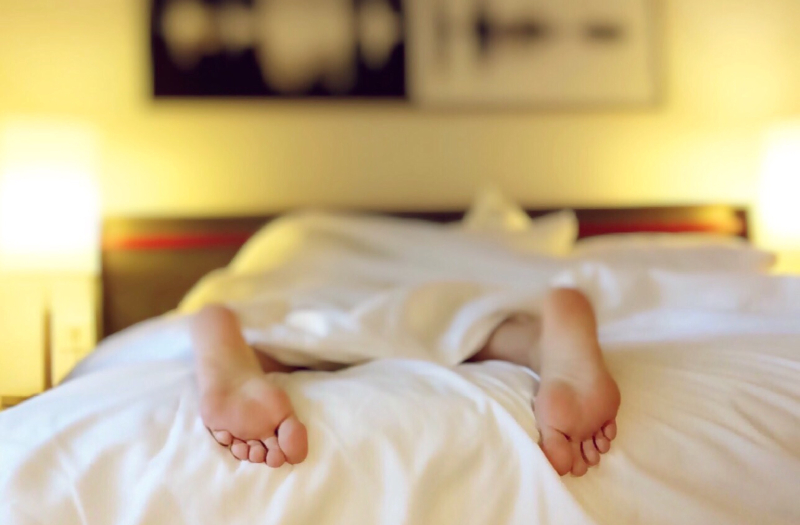
Dermatitis can occur on your feet if the veins in the foot experience a lot of pressure.
Pressure on the veins in the feet can lead to varicose eczema, which can be very red and itchy and cause scaly patches on your skin.
Hammer toe is a deformity where your toes become bent in the middle like the shape of the end of a hammer.
Hammer toe can happen in the second, third or fourth toes and can result from wearing ill-fitting shoes which causes the muscles and joints in the foot to tighten.
When spotted early, hammer toe can be treated with surgery, but if left untreated for a long time you might not be able to straighten your toes.
Hammer toe can cause difficulty walking and other foot conditions, like corns and calluses, caused by the imbalance among the joints in the foot.
Plantar fasciitis is a condition where the ligament known as the plantar fascia on the soles of our feet becomes injured from extended pressure.
Pressure on the soles of the feet can be caused by repetitive activity like walking or running for long periods of time. This pressure causes the fascia to become swollen and your feet to hurt after periods of activity.
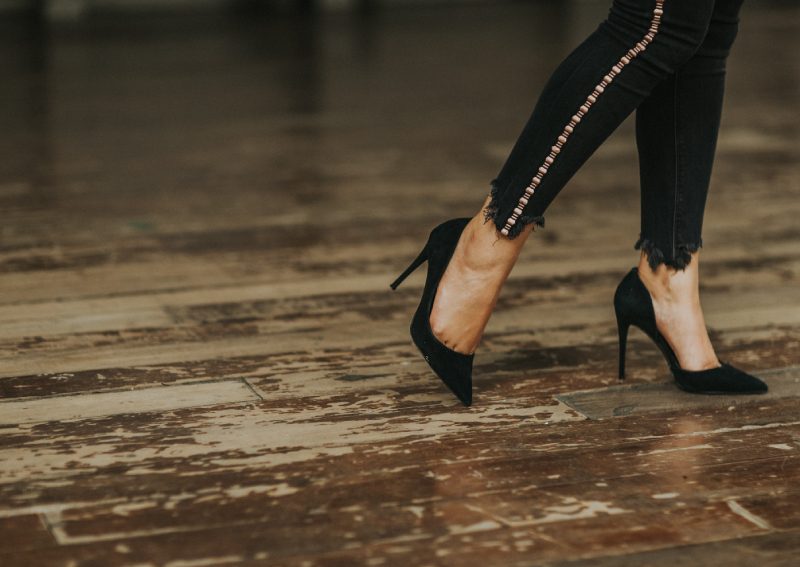
Ingrown toenails not only occur when you cut your nails too short, but can also occur when you wear shoes that are too narrow or too tight.
Wearing ill-fitting shoes increases pressure at the front of the feet which can cause the big toes in the feet to become deformed.
Stasis leg ulcers causes the skin on your feet to break down when blood cannot flow from the feet back to the heart, causing inflamed tissue and wounds on the feet to take a much longer time to heal.
The ulcers on the feet can become infected easily. While this condition is typically rare, you are more likely to get it if you have had a history of deep vein thrombosis and if you have to stand regularly for long periods of time.
Also known as spider veins for their distinctive web-like appearance, varicose veins occur when the veins in your legs or ankles become thicker and stand out.
Increased blood pressure in the veins that comes from sitting down for long periods of time affects the valves in our blood vessels that prevent blood from flowing properly through our legs.
Varicose veins are not usually painful but they can lead to more serious conditions when the legs become infected or start to bleed.
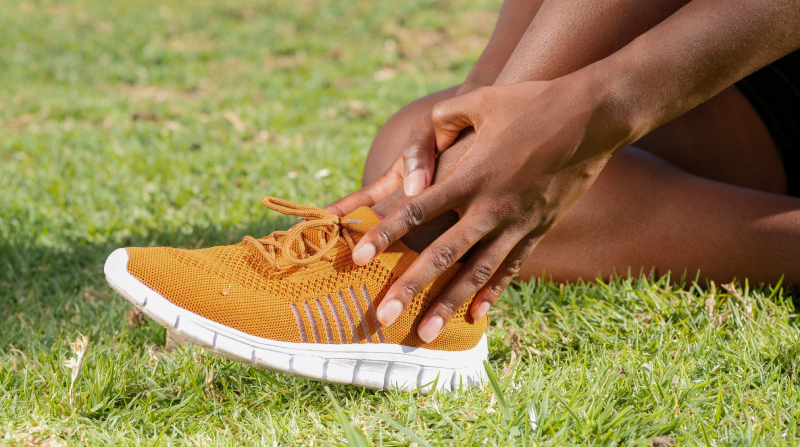
Here are eight ways in which you can reduce foot pain and prevent your foot conditions from becoming worse.
Many foot problems like bunions, calluses and blisters form when ill-fitting shoes place strain on your feet.
Wearing shoes that have narrow toe-boxes can increase the friction between your feet and the inside of your shoes and can even cause misalignment of joints in the foot when worn for long periods of time.
Choose wider shoes that are the right size and shape for your feet and feel comfortable to wear when you walk around in them. If you find that one of your feet is larger than the other, choose shoes that are closer in size to the larger foot.
Our feet can change in size as we age, so you should measure your feet again after a few years to see if your shoe size has changed.
Sometimes foot problems occur because standing or being on the move for long periods of time causes the foot to go through repetitive motions that cause a lot of strain on one's muscles and joints.
Finding some time to stretch during the day, even if it's a quick 5-minute stretch that you can snatch in between work tasks, can help to relieve the pressure on your feet.
For example, you can do calf stretches against a wall, bend and lift your toes, or even practice picking up a towel with the toes on each foot while seated on a chair.

Insoles, also known as orthotics, can help to relieve some foot problems by relieving pressure caused on the foot from misaligned joints.
However, if you wear insoles that do not fit your feet well, they could be contributing to or even causing foot pain instead.
You should see a podiatrist (foot doctor) to get an assessment for custom orthotics. The podiatrist will carry out an assessment and take a 3D scan of your foot to ensure that the insoles will be fitted comfortably.
If you're beginning to experience pain from standing or walking around for long periods of time, don't try to ignore the pain.
Whenever possible, sit down and rest to take pressure off your feet.
Drinking water may not seem like it helps foot problems, but research has found that dehydration can be a contributing factor for foot pain.
Since water is stored in the connective tissues surrounding the joints in our feet, hydrating yourself regularly can help to help to relieve foot pain by ensuring that there is water supporting our joints.
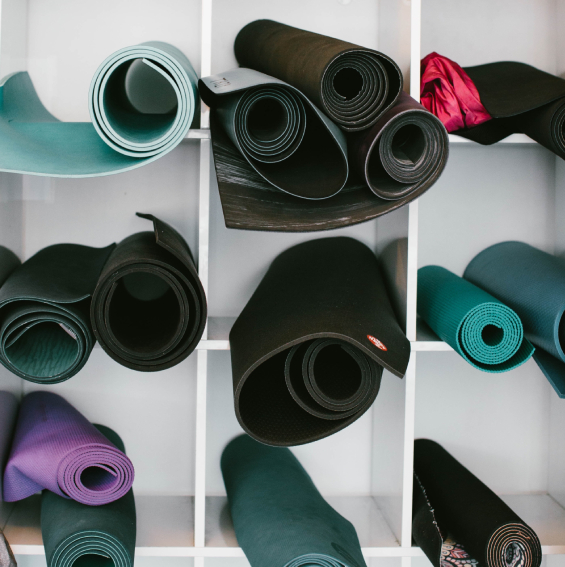
At home we might continue to unknowingly put more pressure on our feet when we stand on hard surfaces, like floor tiles in kitchens or bathrooms.
Using anti-fatigue mats at home can cushion your feet and relieve some of the pressure caused by foot pain.
Soaking your feet in a basin of lukewarm water can help to relieve discomfort from common foot problems.
In particular, soaking your feet in water that has epsom salts dissolved in it can prevent infection from foot injuries and ingrown toenails.
In Singapore we might not be used to wearing shoes inside the house. If you have foot pain, however, wearing a comfortable pair of indoor slippers around the house can cushion your feet and relieve pain.
ALSO READ: Best places for foot massages and foot reflexology in Singapore
This article was first published in Homage.